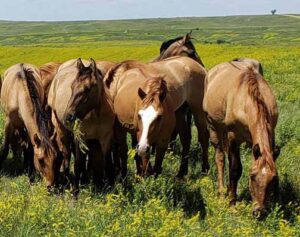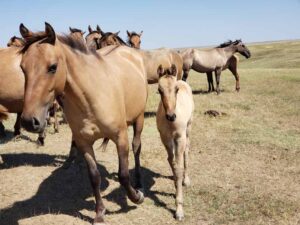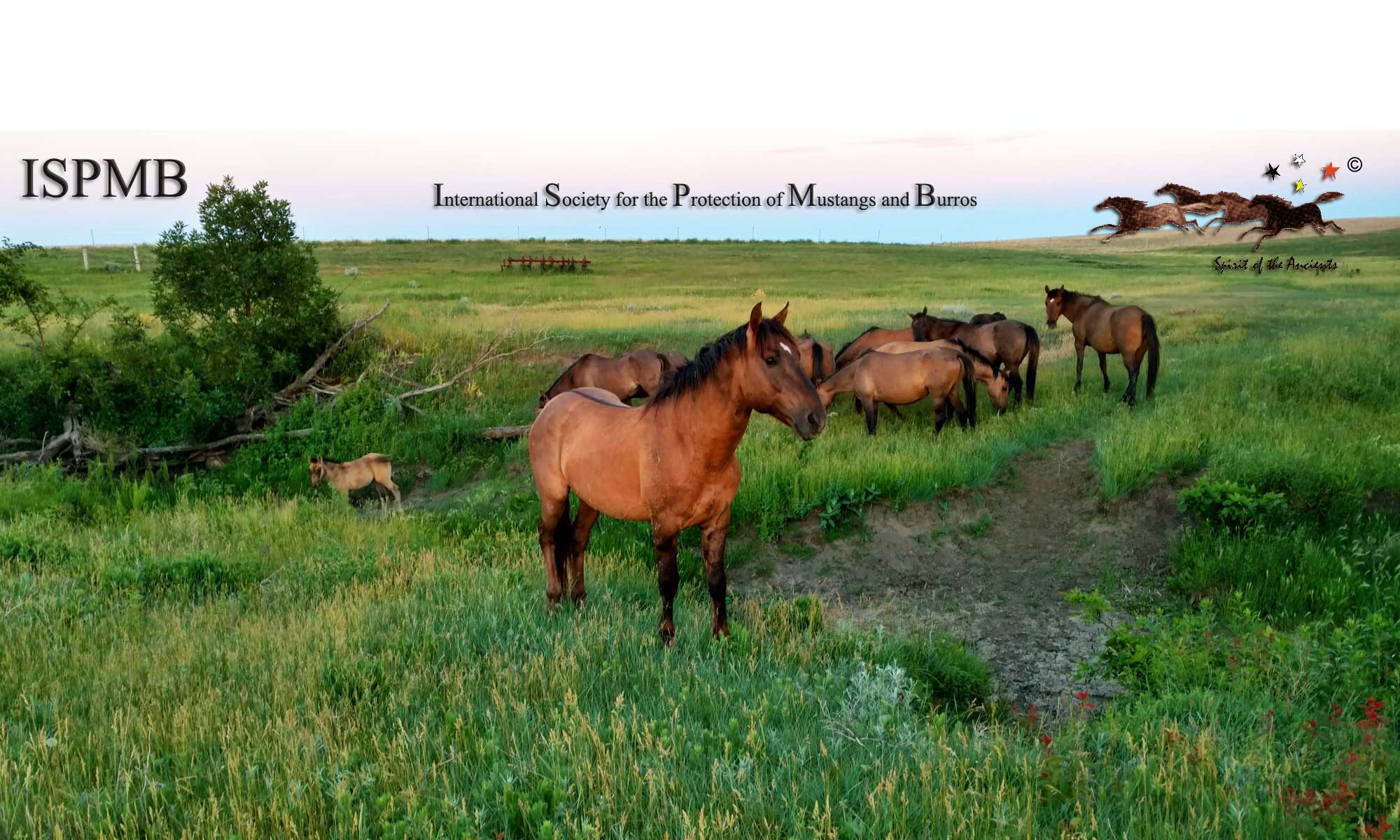Stable Family Band Structures in the Herd MAKE Stable Minimal Populations.
Earth Day began on April 22, 1970, celebrating support for environmental protection. We have been celebrating Earth Day for as long as we have been celebrating the protection of wild horses and burros with the passage of the 1971 Act.
Yet there is a dichotomy of the word “protection” in these two important celebrations that must be understood. While Earth Day is growing and today includes 1 billion people in 193 countries, we are fighting for the lives of the “last” of America’s wild horses and burros.

Yes, the Bureau of Land Management and the Forest Service (the Agencies) have sought to eliminate wild horses and burros from their rightful lands since the passage of this great Act in 1971 which was the culmination of efforts of our organization, International Society for the Protection of Mustangs and Burros (ISPMB) and our first president, Wild Horse Annie. This Act passed through Congress without one dissenting vote.
“It was this Grazing Service that ordered the extermination of wild horses in the ’30s. Literally, tens of thousands of wild horses were brutally killed.”
The culture of the Agencies has remained steadfast and literally unchanged in these past fifty years. This is why we should be concerned about the future of the remaining few wild horses and burros on public lands. Whether it is a Democrat or a Republican administration, the employees of the Agencies remain the same; therefore, the culture remains unchanged.
That culture is one of livestock grazing, a cattle culture in which wild horses and burros are seen as competitors for the last blades of grass. The BLM evolved from the Grazing Service which was made up of stockmen. It was this Grazing Service that ordered the extermination of wild horses in the ’30s. Literally, tens of thousands of wild horses were brutally killed. Yet, in 1971 this Agency would now be in charge of protecting America’s wild horses and burros. Need I say more?

Why would the Agencies set a current arbitrary and a capricious number of 26,715 animals reducing populations to meet this number over the next few years? Why will they give the birth control drug to the majority of mares in the populations that will render them infertile in less than 5 consecutive years of use? There are parameters for the legal removal of wild horses determined as “excess” which the Agencies have ignored since 1992. They simply have set the above number in stone. When the first census was done in 1974, there were 57,040 animals. These were generally visual counts which notoriously undercounted animals. There could have been well over that number of animals.
“Also noted, is that Congress is going to supply these organizations with millions of dollars to inject this poison into our wild horses furthering the demise of these populations.”
So, we ask why the push to bring wild horses and burros down to numbers far below the 1974 counts when the law implicitly stated that “these horses and burros are fast disappearing from the American scene.”
However, the worst enemies of our wild horses and burros are not only the stockmen but the “well-meaning” PZP pushers, the wild horse and burro organizations, because they have no understanding of the true nature of wild horses and burros. They have accepted the Agencies’ mantra – too many wild horses and burros on public lands whose populations double every four years and grow at a rate of 20% yearly. Also noted, is that Congress is going to supply these organizations with millions of dollars to inject this poison into our wild horses furthering the demise of these populations. In doing so, the mares will never breed again because the drug is irreversible in four consecutive years of use.
ISPMB is the only organization that has studied wild herds under its control for over 20 years now. Here is what we learned about wild horses. In simplistic terms, stable band structures = stable growth.
ISPMB’s herds had the best conditions as compared to wild herds on public lands, yet our herd growth was between 8%-9% annual growth.
ISPMB is still compiling data on our Gila herd. They continue to show us so much. Wild Horse Annie would be so very proud of our work in understanding the true behaviors of wild horses. No other organization has accomplished what ISPMB has!
Stable Family Band Structures in the Herd MAKE Stable Minimal Populations.
Please help us continue our work by donating generously to ISPMB.
The future of all wild horses and burros is counting on us!


Halaand has bren told to stop for a yr. A cattlewoman trumper stated she would do tfg agenda.extinction. i will sh via dots to dccc@dccc.org Info@appropriations.com
INFO@DINATITUS.COM
Nrdems@mail.house.gov ask them to oversee the entire wildhorse and burro program b4 they TAKE AZ DONKS MAY 1ST!